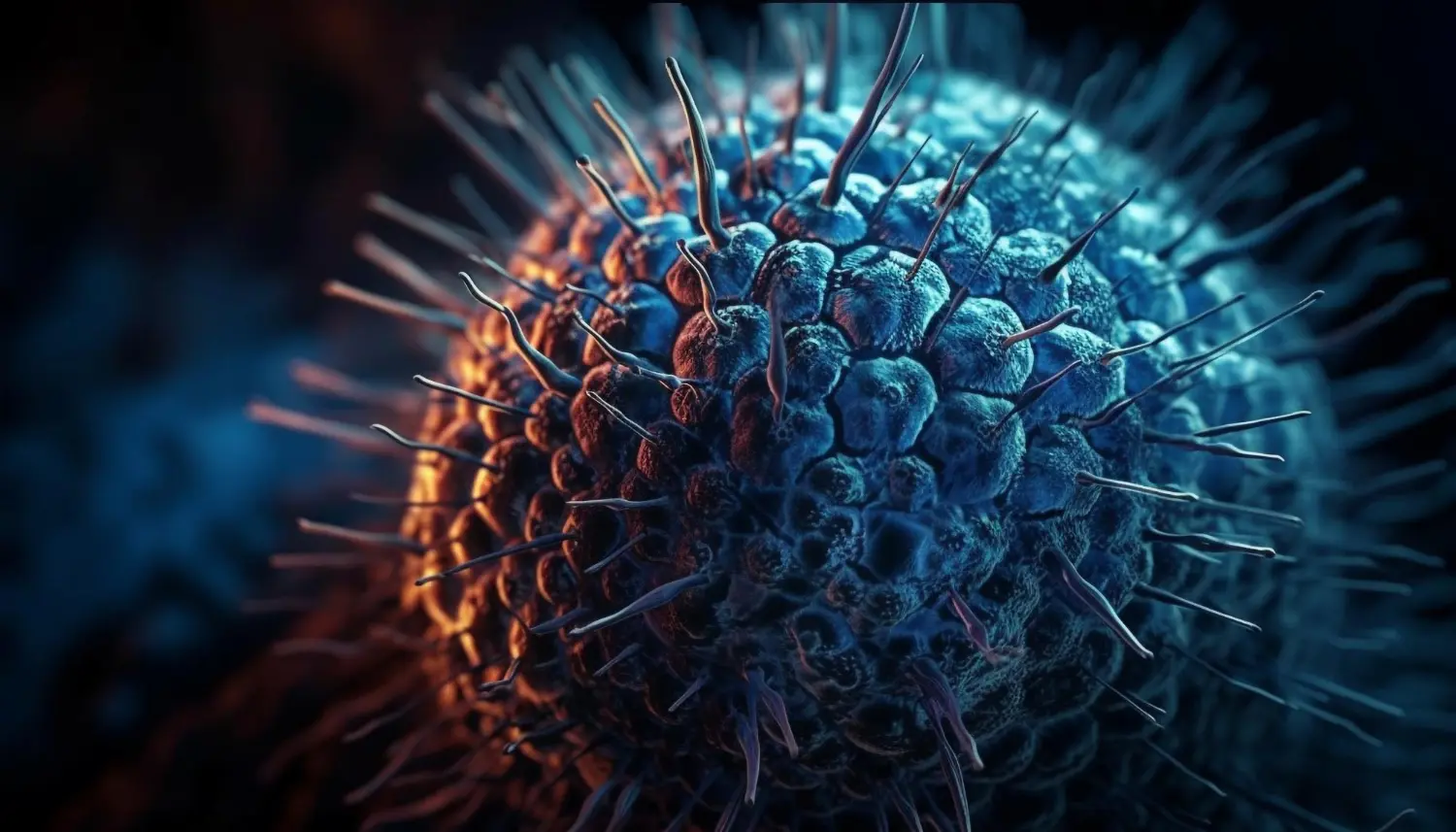What is the "flesh-eating bacteria"?

The term "flesh-eating bacteria" refers to a rare but deadly condition known as necrotizing fasciitis. It is a severe bacterial infection that destroys the soft tissues of the body, including the skin, fat, and the tissue that covers the muscles (fascia).
The most common bacteria responsible for this infection is Streptococcus pyogenes (group A streptococcus), although other bacteria such as Vibrio vulnificus, Clostridium perfringens, and Aeromonas hydrophila can also cause it.
How does it spread?
Bacteria usually enter the body through:
- Cuts, scrapes, burns, or insect bites
- Surgical wounds
- Areas with bruises (even without a visible wound)
- Exposure to contaminated water (especially saltwater or brackish wáter)
It is not commonly transmitted from person to person, but maintaining good hygiene is essential to prevent infection.
Symptoms to consider
The first symptoms may resemble those of the flu or a mild skin infection, making it dangerous. Key signs include:
- Intense pain that seems disproportionate to the injury
- Red, swollen, and hot skin
- Rapidly spreading redness
- Fever and chills
- Nausea and vomiting
- Dizziness or confusión
As the infection progresses, the skin may turn purple, form blisters, or begin to die (necrosis).
Treatment and prognosis
It is essential to seek immediate medical attention. The treatment includes:
- Emergency surgery to remove dead tissue
- Intravenous antibiotics in high doses
- Supportive care (IV fluids, blood pressure monitoring, etc.)
Even with treatment, the mortality rate can reach 30%. Survivors may require amputations or face long-term disabilities.
Tips to prevent it
- Clean and cover all wounds, especially when swimming or handling raw seafood.
- Avoid swimming in warm salty or brackish waters if you have open wounds.
- Wash your hands frequently and maintain Good higiene.
- Seek immediate medical attention if a wound becomes more painful, red, or swollen.
Final reflection
Although necrotizing fasciitis is extremely rare, its rapid progression makes awareness crucial. Knowing the symptoms and acting quickly can sabe lives..
Vibrio vulnificus, one of the bacteria that causes necrotizing fasciitis, is commonly found in warm coastal waters. Eating raw oysters can also lead to infection in people with liver disease.
If you don't have an insurance policy yet, contact us and we will gladly help you make the best decision for you, your family, and your Budget.